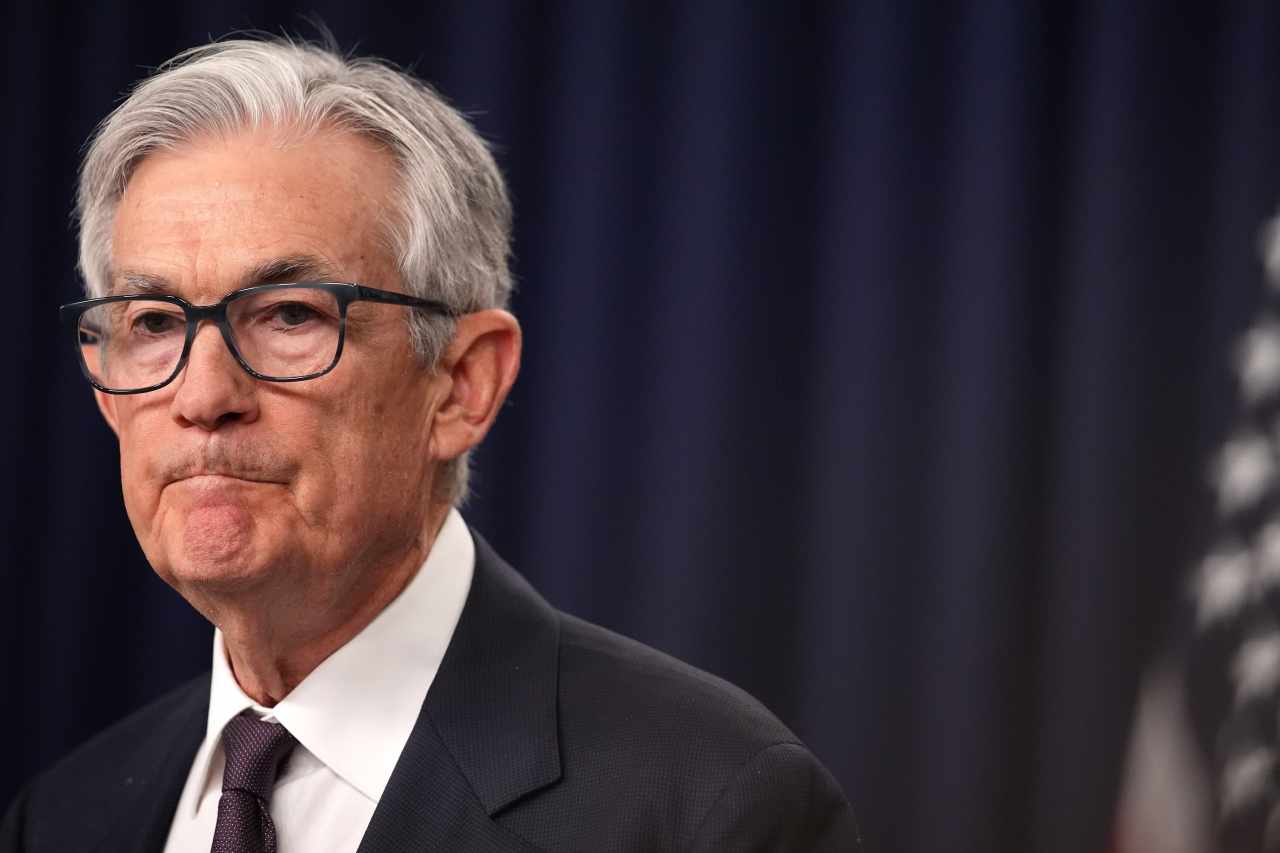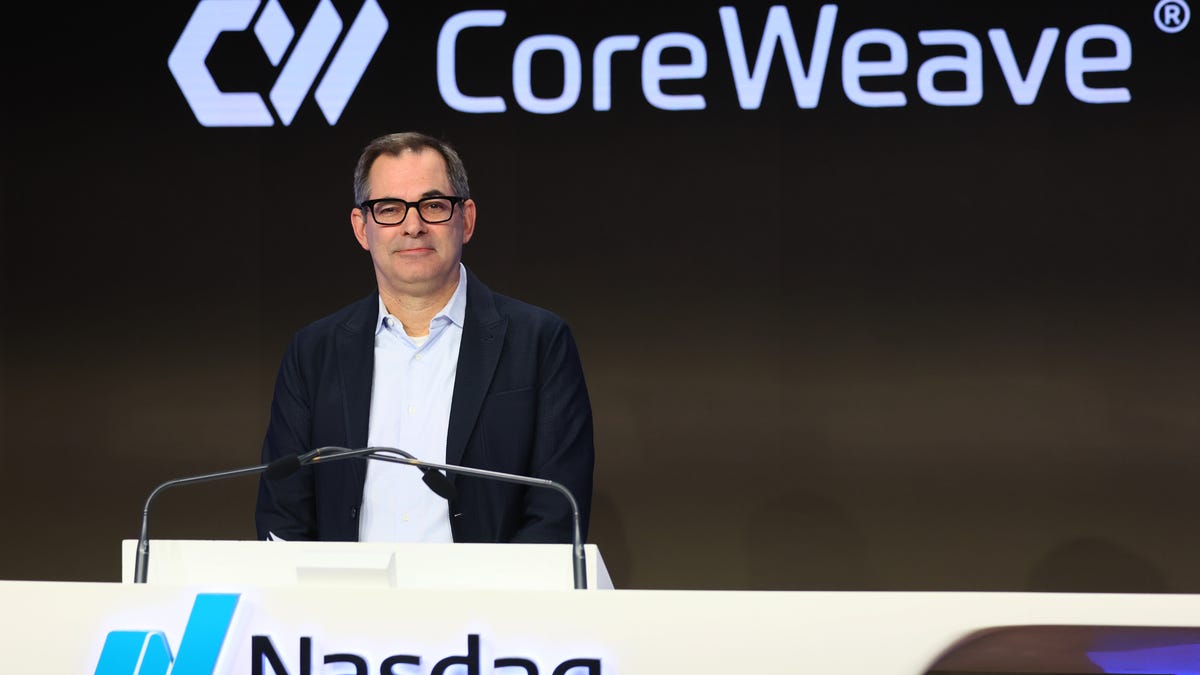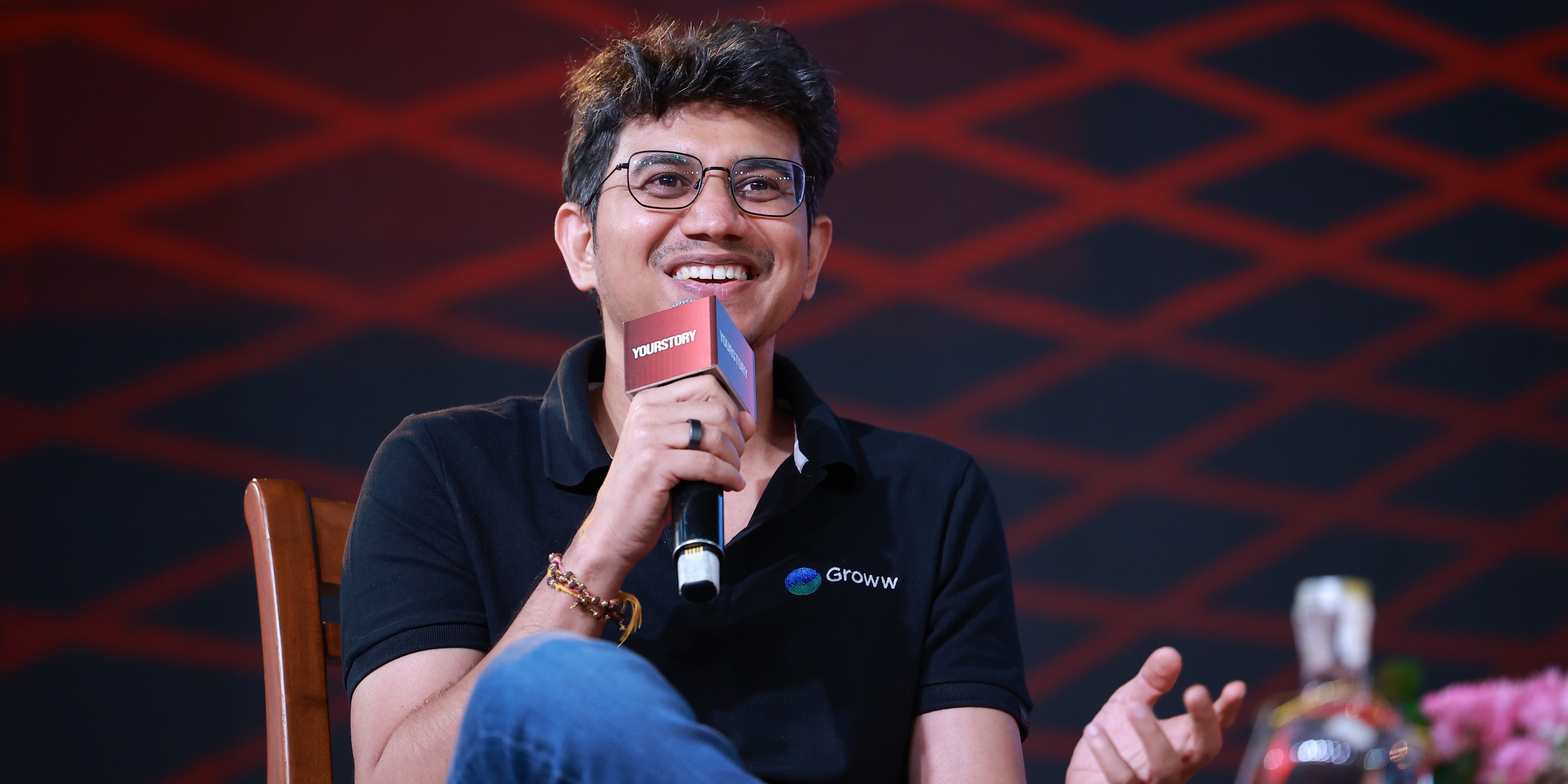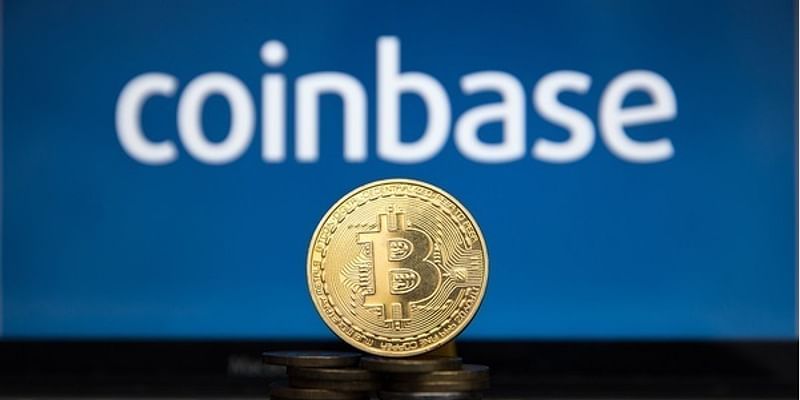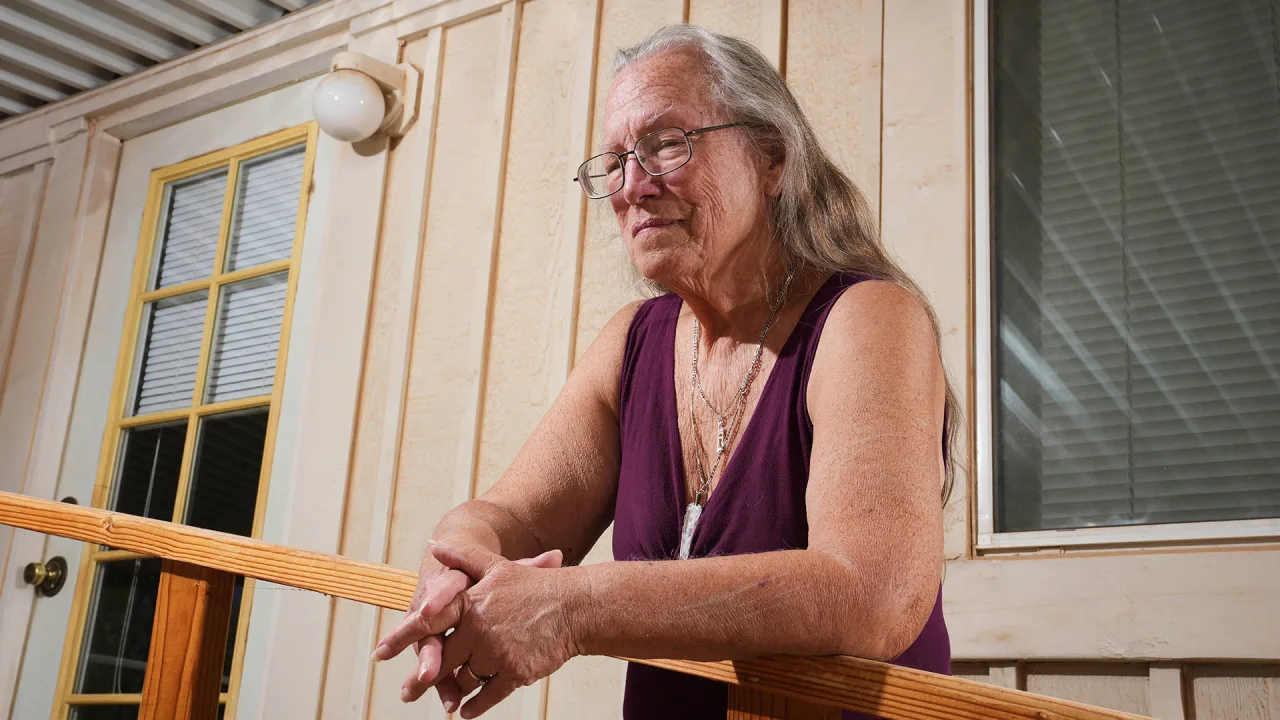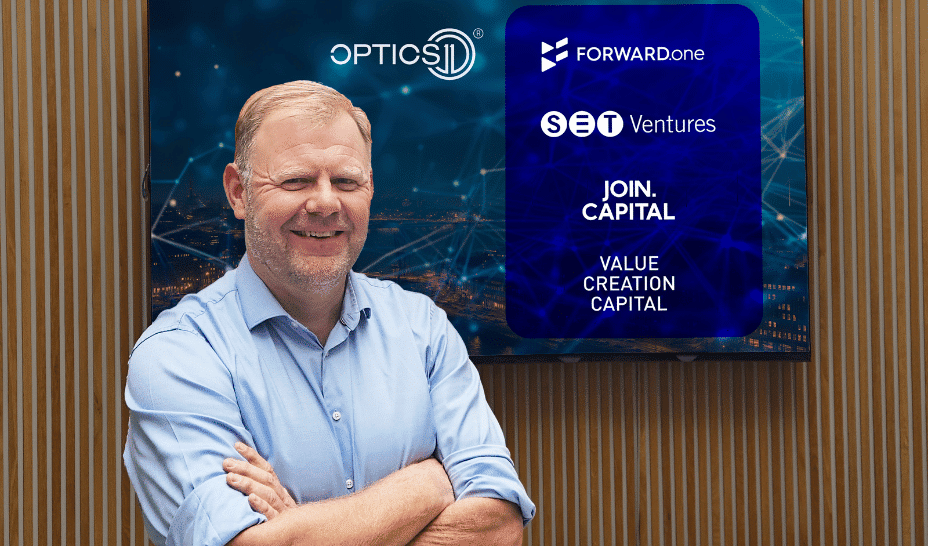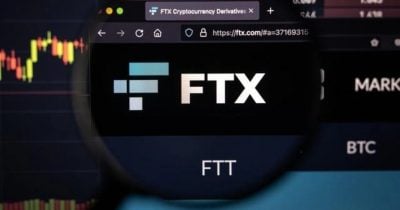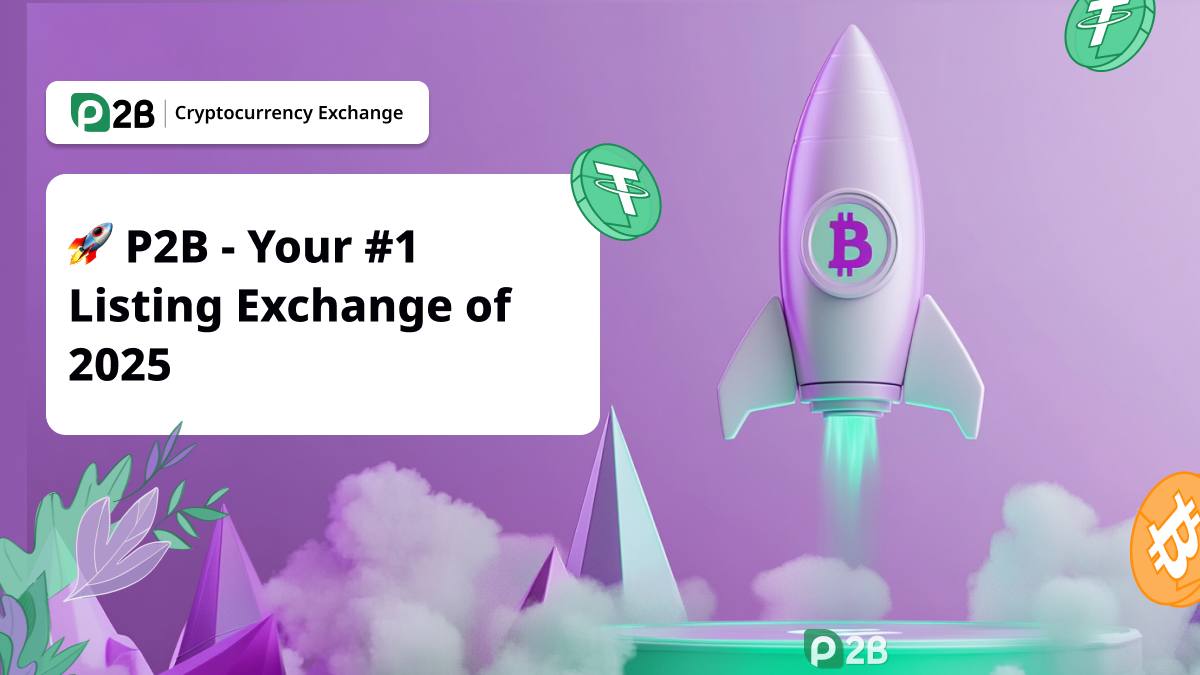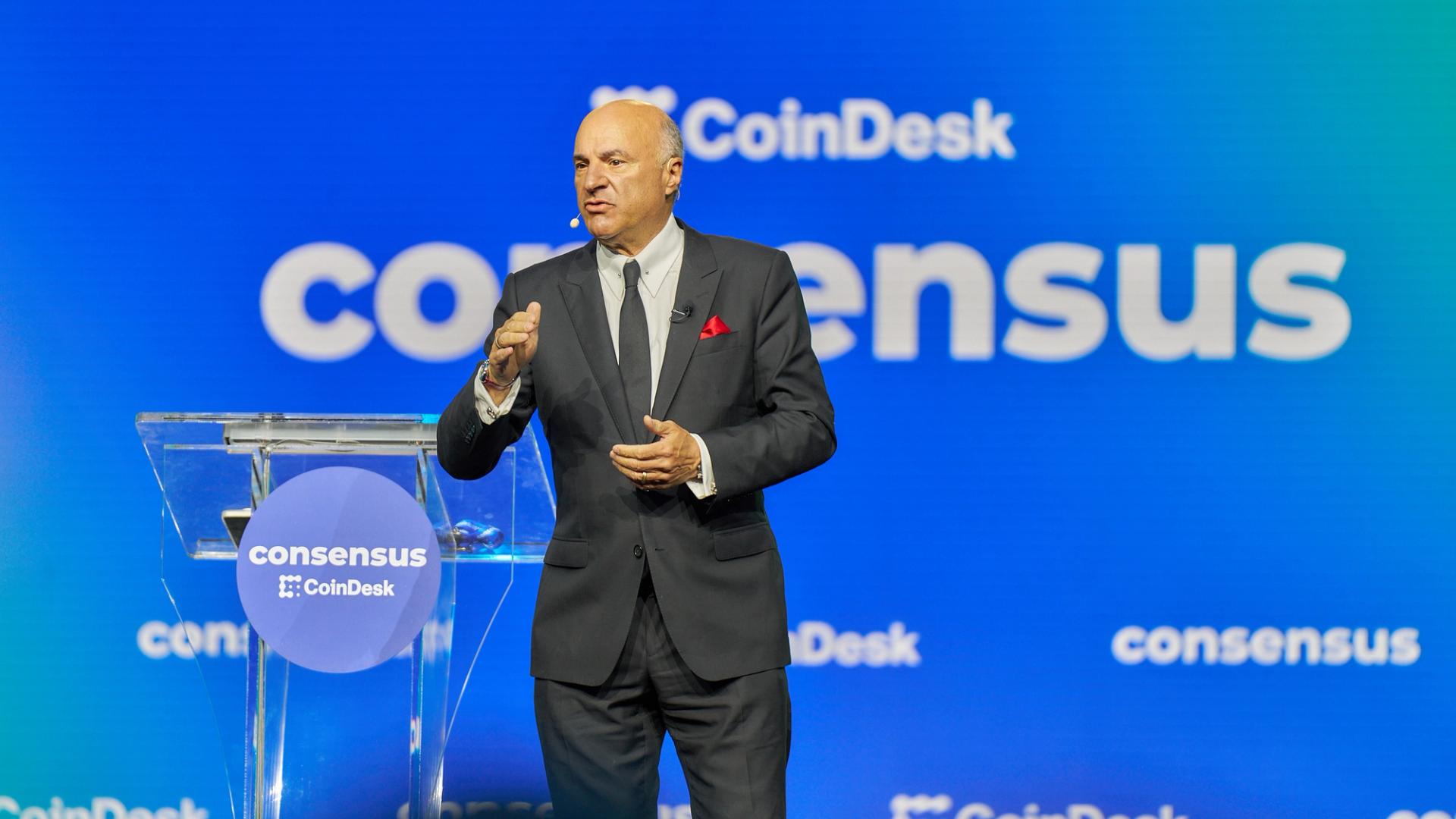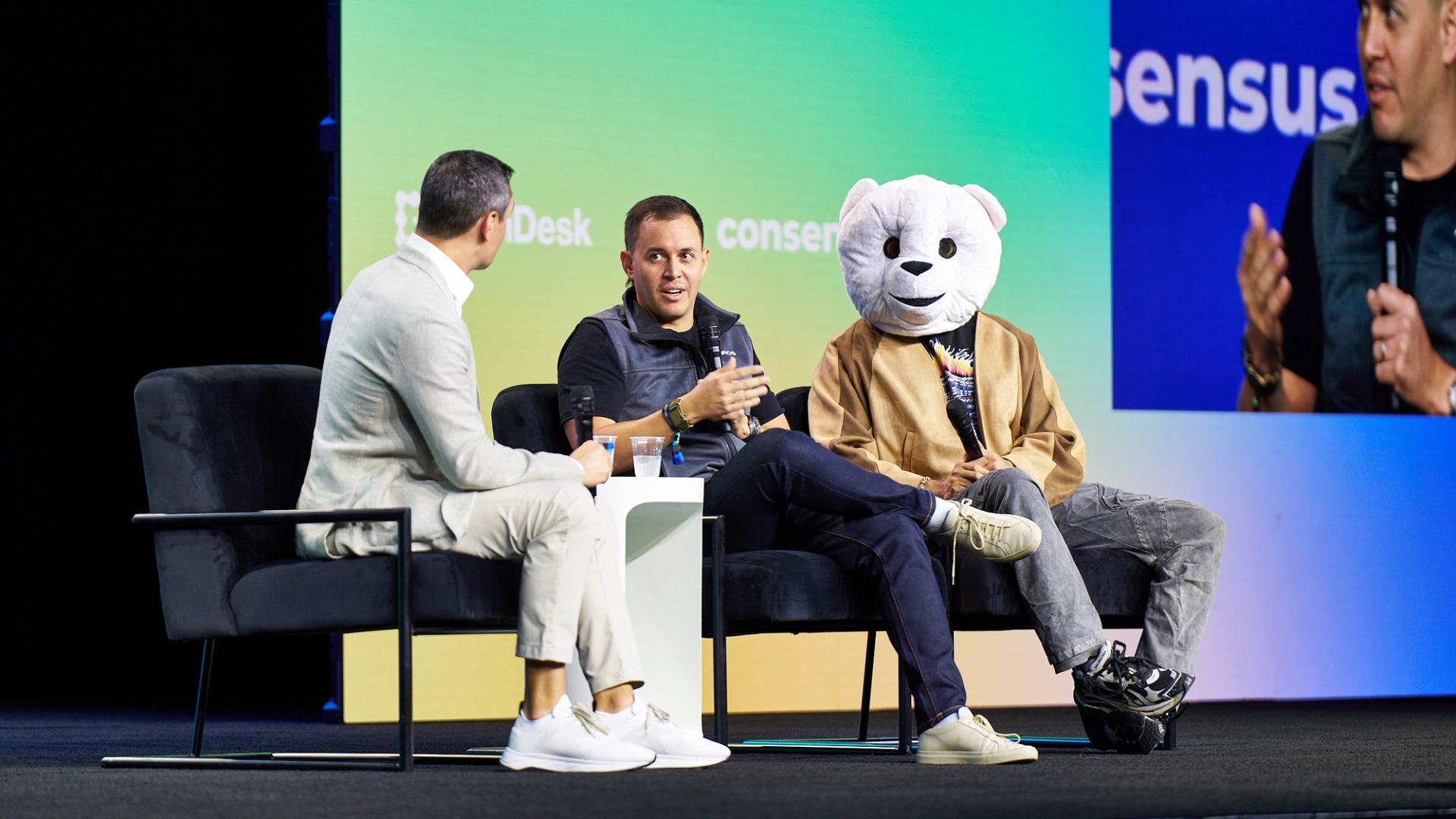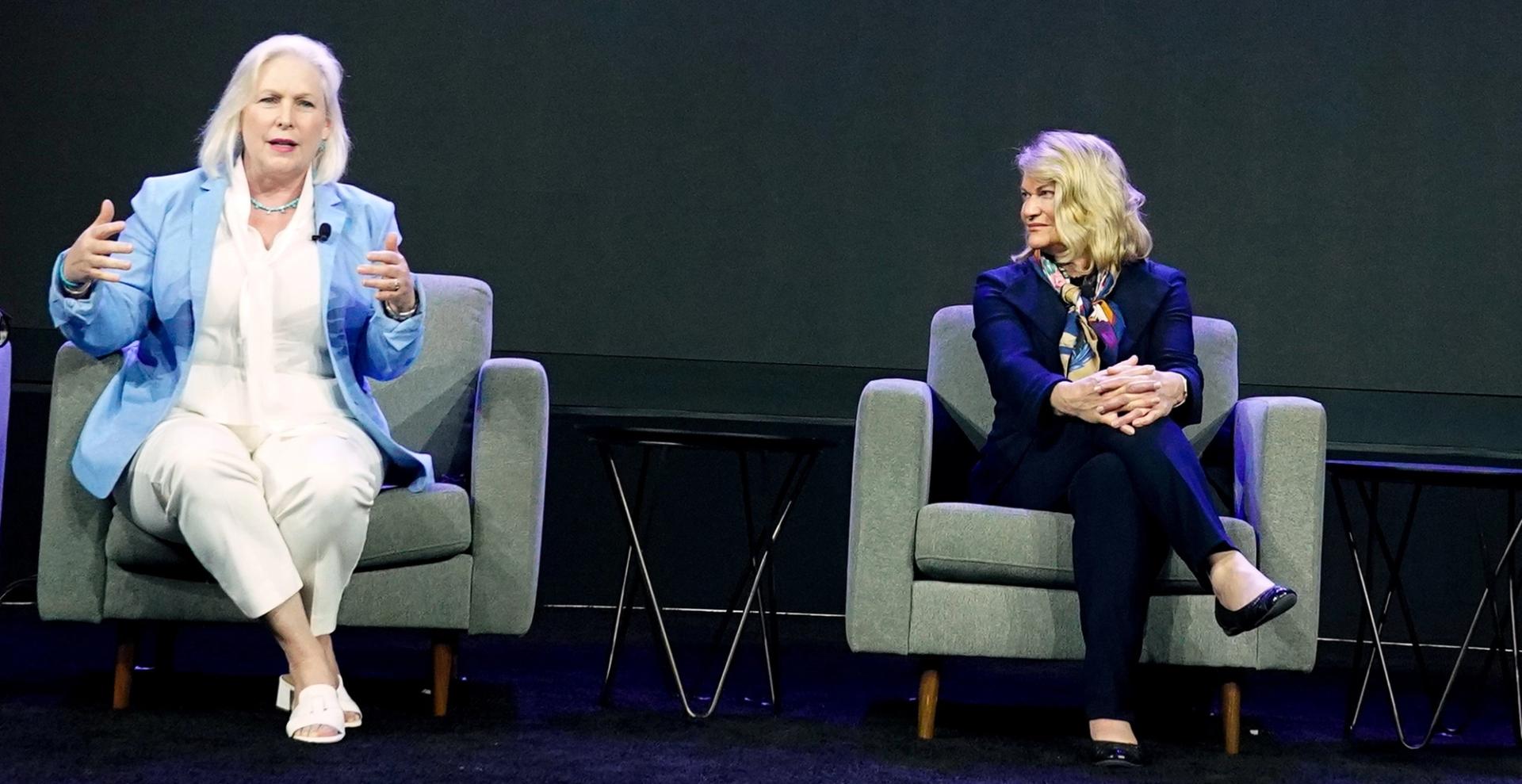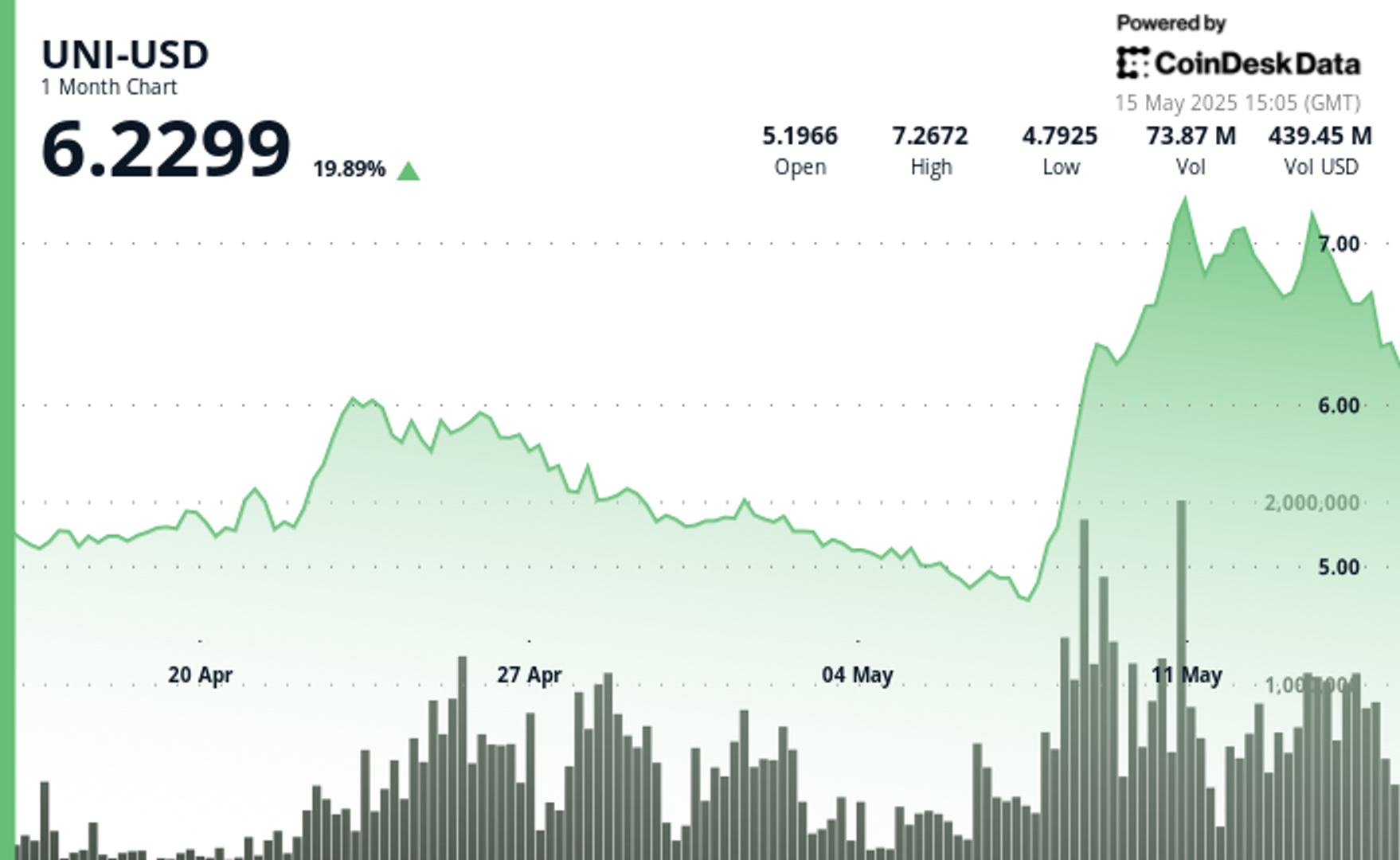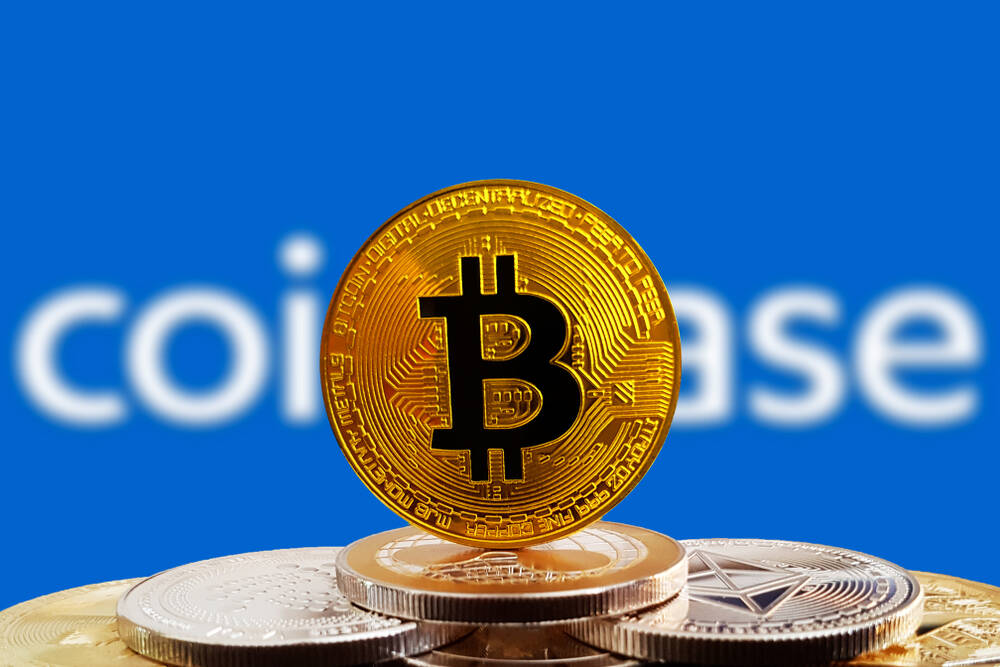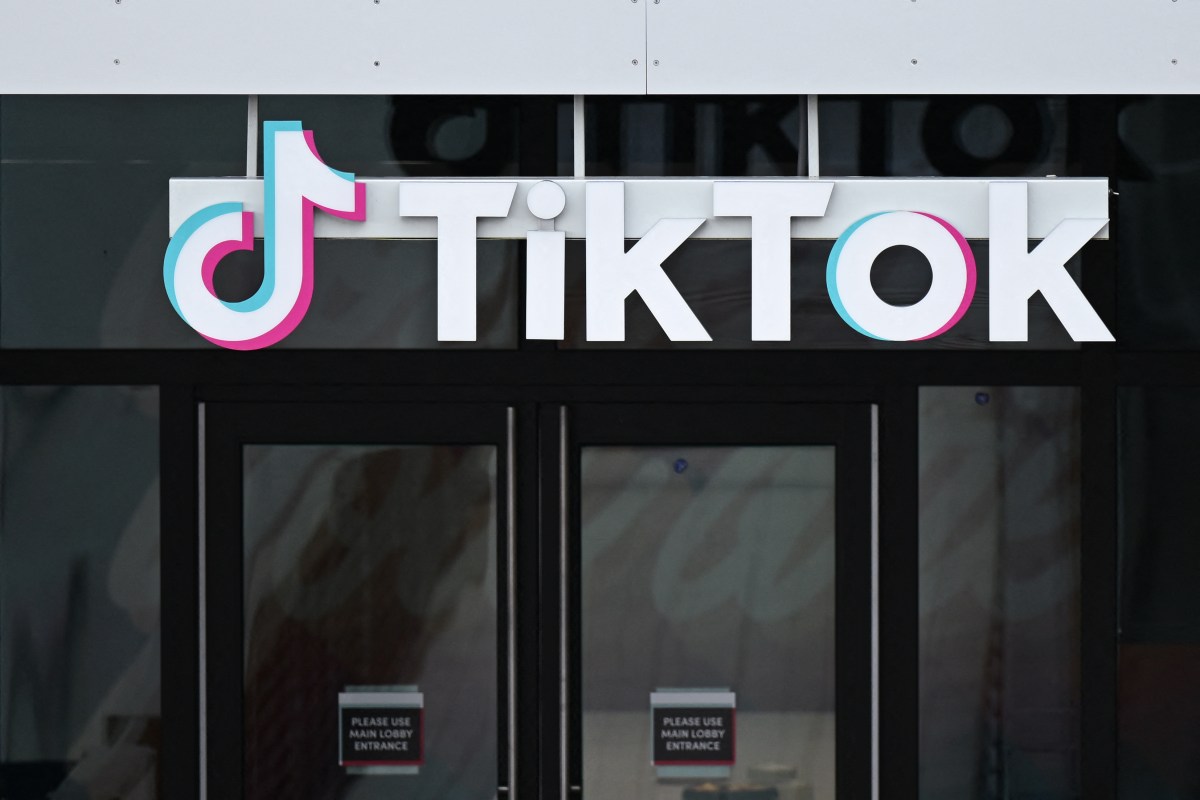Venture Capital’s Second(ary) Chance
The lack of a healthy exit market is an existential problem for the venture capital industry, writes guest author Dan Gray, who sees the evolving strategy of secondary markets as one solution.

For most of venture capital’s history, we’ve heard the mantra “illiquidity is a feature, not a bug.”
The assumption has been that investments are held until exit, with returns heavily weighted toward IPO or strategic acquisitions. For their patience, LPs would be rewarded with performance surpassing public-market equivalents.
In recent years, this model has been challenged by the sheer volume of private capital — with liquidity horizons stretching further into the distance. As companies absorbed investment at an unprecedented scale, the “exit math” became a challenge.
Acquisitions often leave early investors, founders and employees with little in the way of payoff, as preference stacks swell in growth rounds, giving later investors a guaranteed return on their capital.
IPOs often leave growth investors with little profit, as the conversion to common stock wipes out preference stacks on a listing that frequently has to be priced below the last round valuation.
Essentially, the extended life in private markets means a greater divergence of “price” and “value,” due to limited price discovery and competing incentives of increasing ownership versus accelerating markups. Funding rounds are priced with spurious metrics in order to justify investment terms that look good on paper. All of this comes to a head when the company seeks an exit, which is why IPOs and M&A have been slow in recent years.
VCs’ existential exit problem
The lack of a healthy exit market is an existential problem for the venture capital industry. Fortunately, forward-thinking GPs have recognized secondary markets as a solution to a number of these problems, and the strategy is beginning to evolve.
First, with companies staying private for so much longer, it’s a challenge to the rate of return for early investors. As investor Josh Kopelman has described, how fast you win matters just as much as how much you win.
A healthy secondary market means seed investors can distribute returns at a strategic moment, rather than white-knuckling until the ultimate outcome. Focusing more on Internal Rate of Return rather than total value to paid-in, or TVPI, capital drives outcomes in the right direction.
Second, as companies raise more capital, there is increasing pressure with dilution, maintaining pro-rata, board seats and the simple relevance that an early investor has to the management team. As portfolio companies mature, GPs end up holding investments they no longer manage in a meaningful sense, and it would be better to get them (at least partially) off their books. The alternative is leaving the fate of the fund to downstream investors.
These points are particularly pressing in a world with more multistage venture giants, who deploy capital aggressively into perceived winners — resulting in the “re-risking” of target companies. These monster rounds are highly dilutive, and often provide a good opportunity for everyone involved if an early investor chooses to take some liquidity.
Let’s flip the default strategy
Indeed, to challenge the traditional wisdom on “holding to maturity,” we can look at the TVPI trajectories for venture funds. According to data from AngelList, the value growth in the value of a typical portfolio slows significantly in year eight of a fund’s life. This means, in theory, years five to seven of an investment (assuming a three-year deployment period) could be good timing to consider selling part of a portfolio stake — depending on how the risk:reward ratio of that company has evolved.
Crucially, and as always, venture capital is all about outliers. Each portfolio, and each investment, will require individual consideration. The main lesson here: Early-stage GPs should probably move from “holding by default, with opportunistic secondaries” to “secondaries by default, with opportunistic holding” in order to act as responsible fiduciaries and ensure healthier returns for their LPs.
Dan Gray, a frequent guest author for Crunchbase News, is the head of insights at Equidam, a platform for startup valuation.
Related reading:
- The Difference Between Startup Valuation And Round Pricing
- How Venture Capital (Ab)Uses Revenue Multiples
Illustration: Dom Guzman





![An Ad Quality Control Checklist [Infographic]](https://imgproxy.divecdn.com/6nIRujQEJFAZ7N9aiG3W8ZdvYsZHRQGEYXyTvI-9_h8/g:ce/rs:fit:770:435/Z3M6Ly9kaXZlc2l0ZS1zdG9yYWdlL2RpdmVpbWFnZS9hZF9xdWFsaXR5X2NoZWNrbGlzdDIucG5n.webp)









![What Are Website Demographics? [Explained]](https://static.semrush.com/blog/uploads/media/e3/e4/e3e48631e5cd307cd7a4bfee26498e62/0db9c37107a24c016f06d29ca0a5719a/website-demographics-sm.png)

























